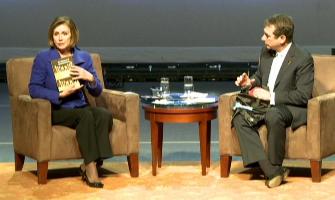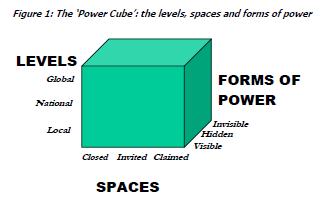Students in Lowell have fought to get the city council to support lowering the voting age to 17 for municipal elections. They persuaded the Lowell Sun newspaper to change its position from opposing the reform to supporting it (pdf). Today, scores of them traveled to the Massachusetts State House to testify before the committee that must review Lowell’s petition. I testified in support of their efforts.
Testimony of Peter Levine before the Joint Committee on Election Laws, April 13, 2011
Chair Finegold, Chair Moran, members of the Joint Committee on Election Laws, thank you for giving me the opportunity to testify in support of bill H01111 (“persons seventeen years of age or older be authorized to participate in certain elections in the city of Lowell”). I will speak briefly because the effective advocates and real experts are the students who have already talked today.
I direct CIRCLE (the Center for Information & Research on Civic Learning & Engagement), which is part of Tufts University in Medford. CIRCLE is the nation’s leading nonpartisan research center devoted to young people’s civic education and political participation.
The research evidence suggests that it may be very beneficial to lower the voting age to 17. People from around the United States and other countries are constantly asking CIRCLE whether that reform would work. I commend the students from Lowell, the City Council, and other Lowell leaders for wanting to experiment with it. I believe that its effects would be positive, but I also think it is an excellent idea to try the reform in one city where there is enthusiastic support and then evaluate the impact. We have an existing partnership with UTEC in Lowell and would be happy to help study the effects of lowering the voting age there.
I would be happy to answer any questions about the research, but in my allotted time, I will mention briefly that:
• Today, we expect young people to vote for the first time when most are living away from older adults who could remind them to participate, help them with the mechanics, and discuss issues with them. They are living with other people who have never voted before. That is a recipe for low turnout, and the effects are lasting, because research shows that voting is a habitual behavior.
• Voting for the first time while they are still in school would allow students to learn the mechanics of registration and voting (which many find intimidating) and to experience nonpartisan discussions of important issues before their first election. In one experiment, teaching young people how to vote raised their turnout in a local election by 17 points, even though that election occurred months later. Lowell has a strong commitment to civic education in its schools.
• Seventeen-year-olds are ready to vote. Americans at age 17 score about the same on questions about political knowledge, tolerance, political efficacy, perceived civic skills, and community service as 21-year-olds. I know of no evidence that they score lower than 50-year-olds.
• You may have read that adolescents’ brains differ from older people’s brains in ways that affect their decision-making. But voting is not like steering a car. The kinds of premeditated, abstract decisions that people make in the ballot box are not affected by age. On the contrary, adolescents are just as capable of making those decisions wisely as older people are.
Sources:
Elizabeth Addonizio, “Reducing Inequality in Political Participation: An Experiment to Measure the Effects on Youth Voter Turnout,” presented at the American Political Science Association, 2004.
Mark N. Franklin, Voter Turnout and the Dynamics of Electoral Competition in Established Democracies since 1945, Cambridge University Press, 2004.
Daniel Hart and Robert Atkins, “American Sixteen- and Seventeen-Year-Olds are Ready to Vote,” Annals of the American Academy of Political and Social Science, vol. 63 (January 2011), pp. 201-221
Eric Plutzer, “Becoming a Habitual Voter: Inertia, Resources, and Growth,” The American Political Science Review 96/1 (March 2002), pp. 4


